When you push your mower across the lawn and see right behind it a shower of fine green particles, a question often arises: should you bag those grass clippings, or leave them on the lawn (i.e. mulch them)? While it might seem trivial, this decision influences your lawn’s health, your input of time and effort, and environmental impact. Experts in turfgrass science, landscaping, and gardening share their insights to help you choose the best approach for your lawn.
What Do “Bagging” and “Mulching” Mean?
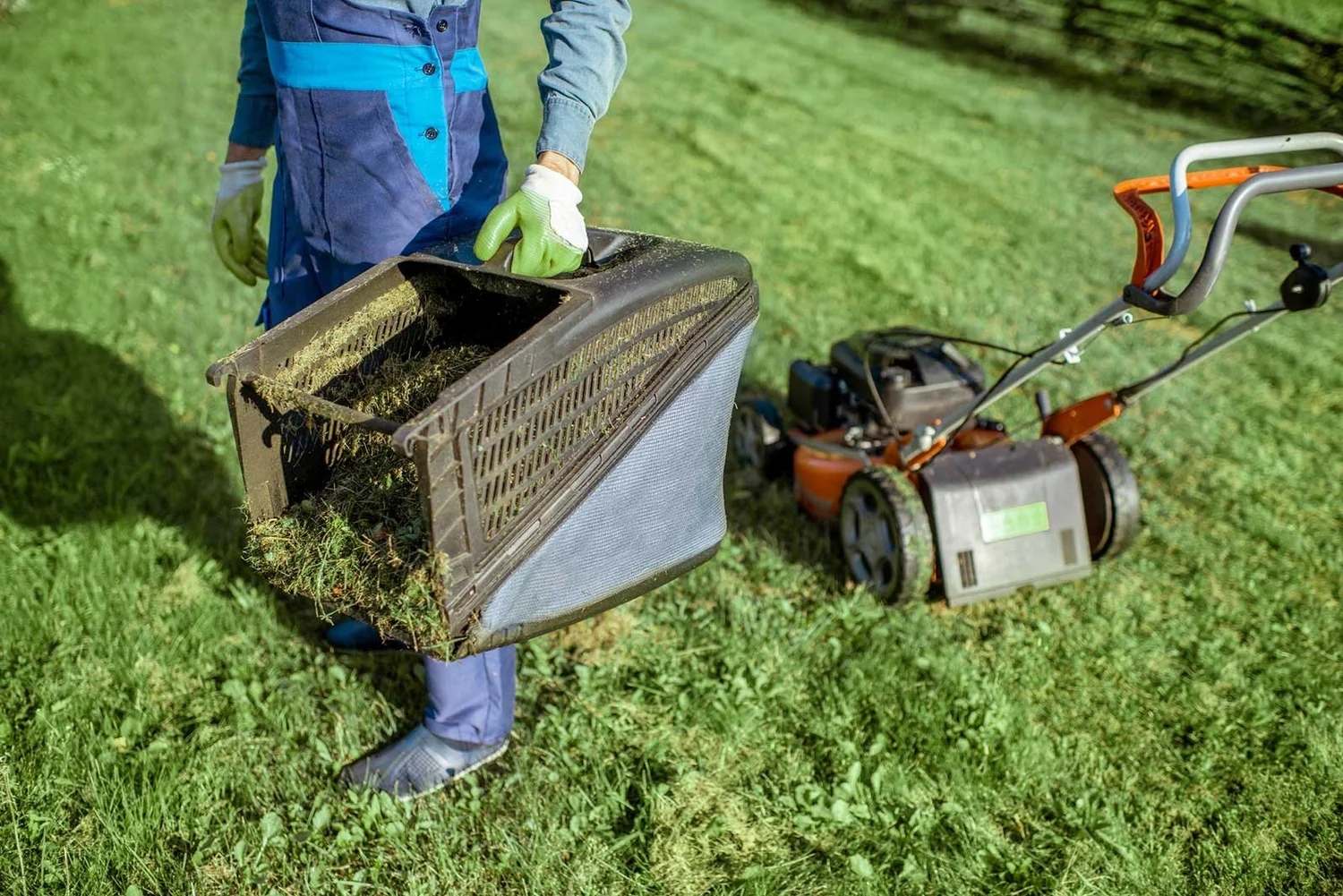
Before diving into the pros and cons, it’s important to clarify the terms:
- Bagging (or collection): A mower with a collection bag captures the grass clippings as you mow. These clippings are then disposed of, composted, or used elsewhere in the garden.
- Mulching (also called grasscycling): The mower chops the clippings into fine pieces and disperses them back onto the lawn where they decompose naturally.
Mulching mowers typically cut the clippings multiple times so they’re small enough to fall between grass blades and break down quickly.
Many turfgrass experts recommend mulching clippings under normal mowing conditions. Contrary to popular belief, returning clippings to your lawn does not cause thatch buildup when done properly.
The Case for Mulching Grass Clippings
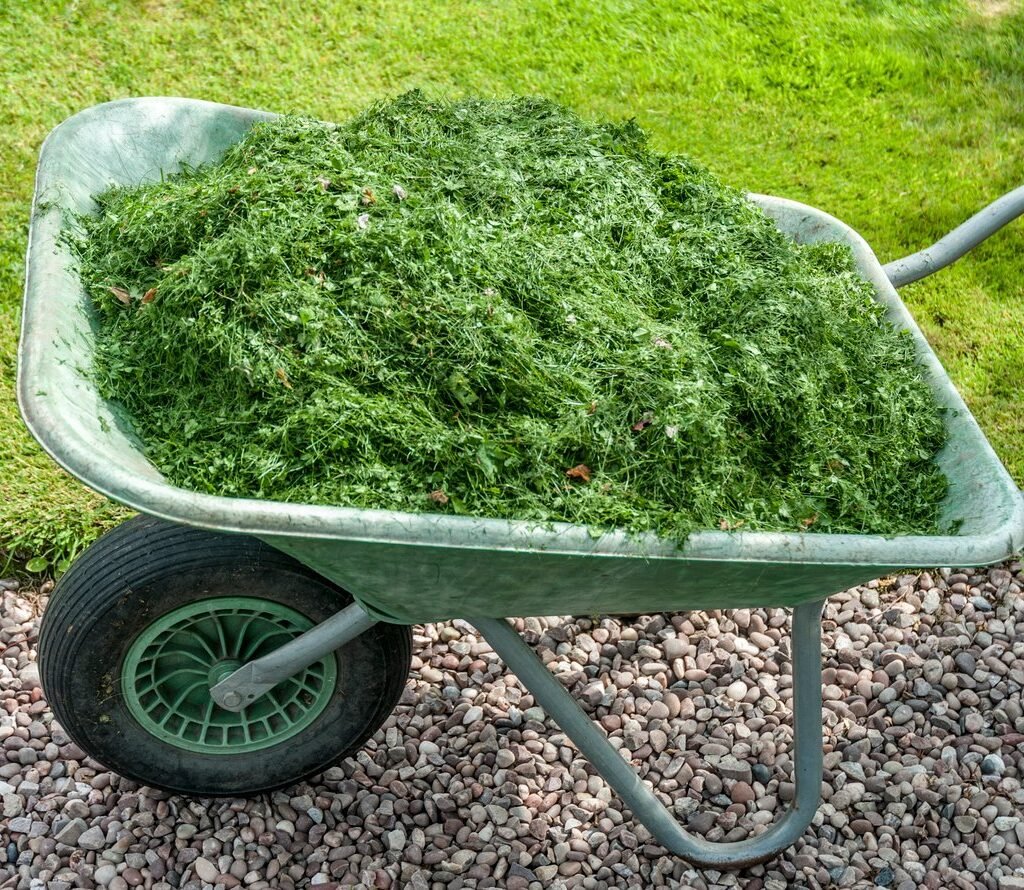
1. Nutrient Recycling and Fertilizer Reduction
Grass clippings contain vital nutrients, especially nitrogen, and small amounts of phosphorus and potassium. When you leave the clippings on the lawn, they decompose and release these nutrients back into the soil.
In fact, mulching can reduce your lawn’s nitrogen needs by up to 25%, saving money and minimizing synthetic fertilizer use. It’s a simple way to feed your lawn naturally.
2. Better Moisture Retention and Soil Health
Mulched clippings act as a natural blanket, helping the soil retain moisture and regulating temperature. This is especially helpful during hot or dry weather.
Over time, the added organic matter also improves soil structure, increases microbial activity, and boosts overall lawn health.
3. Time and Labor Savings
Mulching is quicker and easier. You don’t have to stop to empty the bag or figure out what to do with the waste. Less time mowing means more time enjoying your yard.
It also reduces the volume of yard waste, which can be a hassle to transport and dispose of.
4. Environmentally Friendly
By reducing chemical fertilizer use and keeping organic waste out of landfills, mulching is a more eco-conscious choice. It reduces greenhouse gas emissions from yard waste transportation and supports a sustainable lawn care routine.
When Bagging Makes More Sense
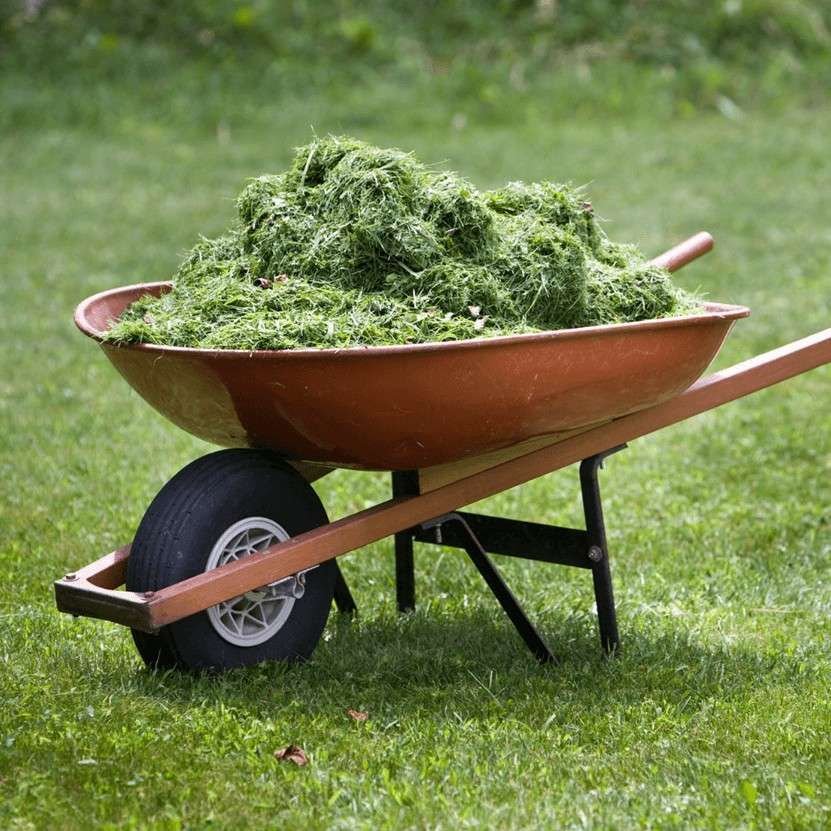
While mulching is great in most cases, there are times when bagging is the smarter option.
1. Tall or Overgrown Grass
If your lawn has grown too tall between mowings, mulching might not be effective. Long clippings can clump, smother the lawn, and cause brown patches. In such cases, bagging helps maintain the lawn’s health by removing excess debris.
2. Wet Conditions
Wet grass tends to stick together, leading to heavy clumps when mulched. These can suffocate the grass underneath and lead to mold or mildew. It’s better to bag clippings when mowing in damp conditions.
3. Disease or Pest Problems
If your lawn is experiencing fungal infections, pest infestations, or other diseases, it’s wise to bag the clippings. Leaving infected material on the lawn may spread the problem.
After chemical treatments, especially herbicides or fungicides, clippings should also be collected and disposed of properly to avoid spreading residues.
4. Aesthetic Preferences
Some homeowners simply prefer the clean, manicured look of a freshly mowed lawn without any clippings visible. Bagging provides a tidy finish, especially in front yards or high-traffic areas.
5. Preventing Weed Spread
If your lawn has weeds going to seed, mulching may return those seeds to the soil and encourage further weed growth. Bagging during these periods can help reduce the spread.
General Guidelines: When to Mulch vs. When to Bag
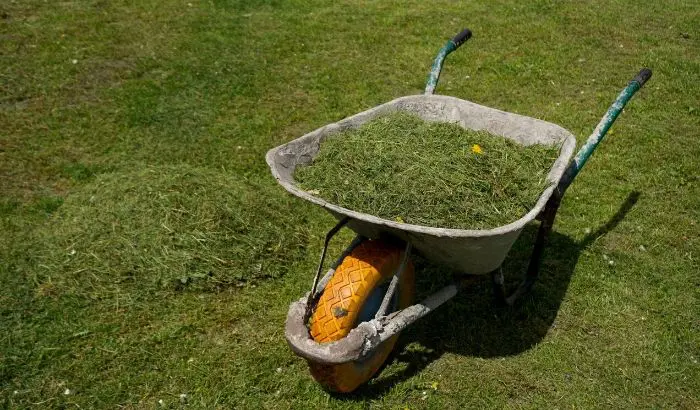
There’s no one-size-fits-all answer, but here are a few rules of thumb:
Follow the “One-Third Rule”
Avoid cutting more than one-third of the grass blade’s height in one mowing session. Short clippings decompose faster and are less likely to clump. This makes mulching more effective.
If you mow frequently and only remove a little at a time, mulching is usually best. If the lawn has gotten too long, it’s safer to bag the clippings.
Avoid Mulching in Wet or Disease-Prone Conditions
When the grass is wet or there’s evidence of disease, bagging is the safer option to protect the lawn and prevent spread.
Balance Function and Appearance
If appearance is a high priority or you want that ultra-neat look, bagging might be your go-to. If your goal is long-term lawn health and sustainability, mulching is usually the better bet.
Can You Use Both? A Balanced Strategy
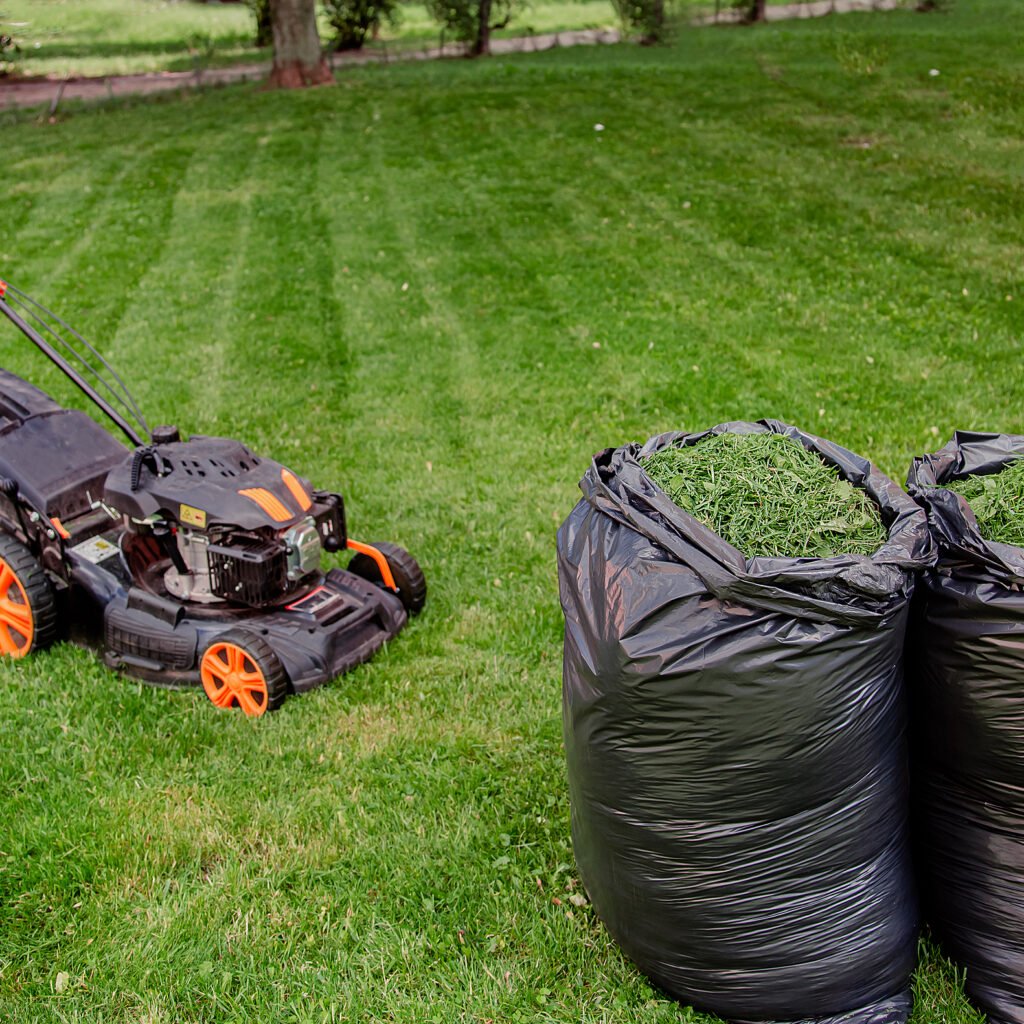
Yes! Many lawn care experts recommend a hybrid approach:
- Mulch during dry, moderate growth periods.
- Bag during rainy seasons, disease outbreaks, or when growth gets excessive.
- Use clippings elsewhere – bag when needed, but compost or use them as mulch around trees and shrubs.
A flexible strategy gives you the best of both worlds: a healthy lawn and convenience when needed.
Best Practices for Both Methods
Whether you choose to mulch or bag, follow these tips:
Keep Mower Blades Sharp
Sharp blades make clean cuts that heal faster and produce fine clippings that decompose more easily. Dull blades tear the grass, causing stress and ragged edges.
Mow When the Grass is Dry
Wet grass causes clumps and uneven cuts. It’s better to mow when the lawn is dry to get the cleanest result.
Distribute Clippings Evenly
If you mulch, make sure clippings are spread out evenly and don’t form piles. Thick mats of grass can smother your turf.
Watch for Thatch Buildup
Though mulching doesn’t cause thatch on its own, it’s good practice to check the thatch layer annually. Aerate or dethatch your lawn if the layer becomes too thick.
Use Collected Clippings Wisely
If you do bag clippings, don’t throw them away! Grass clippings are excellent additions to compost piles or as mulch in flower beds and around trees (in thin layers).
Common Myths and Misunderstandings
“Mulching Causes Thatch”
Not true. Thatch is mainly made up of stems, roots, and dead organic matter that decomposes slowly. Grass clippings break down quickly and contribute very little to thatch buildup.
“All Clippings Are Good for the Lawn”
While healthy clippings are beneficial, those from diseased or weed-infested lawns can do more harm than good. In such cases, it’s better to bag and dispose of them.
“Bagging Is Always More Work”
It can be, but sometimes it saves time in the long run by preventing lawn issues caused by thick, wet, or diseased clippings.
Real-Life Example: A Seasonal Strategy
Let’s say a homeowner in a warm region mows twice a week during the growing season. The grass is kept at a moderate height, and the lawn is generally healthy.
During most of the season, mulching is ideal—quick, efficient, and good for the grass. But after a week of heavy rain, the grass has grown rapidly, and clippings are long and damp. In this case, bagging just for that mowing session helps avoid clumping.
Later in the season, when cooler weather slows growth, the homeowner returns to mulching.
This flexible approach works well in nearly every climate and lawn type.
Final Thoughts: Which Should You Choose?
Here’s the bottom line:
- Mulch by default if the lawn is healthy, not too tall, and conditions are dry. It saves time, recycles nutrients, and is better for the environment.
- Bag when necessary – after long periods between mowings, during wet conditions, or when managing disease or weeds.
- Mix it up – be flexible based on the season, weather, and lawn condition.
By understanding the pros and cons of each method, you can make an informed decision that benefits your lawn, saves you time, and supports sustainable lawn care.
If you’d like help selecting a mower that can switch between bagging and mulching, or tailoring a strategy based on your region’s climate and grass type, I’d be happy to assist further.
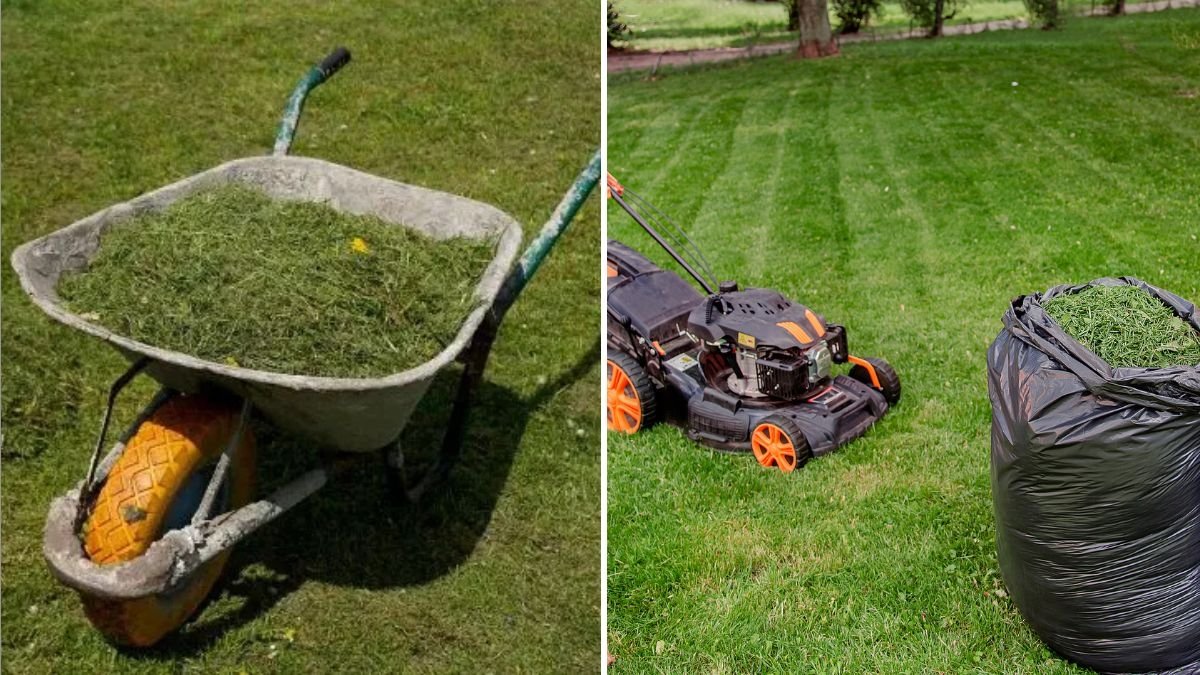





Leave A Comment